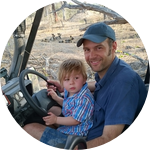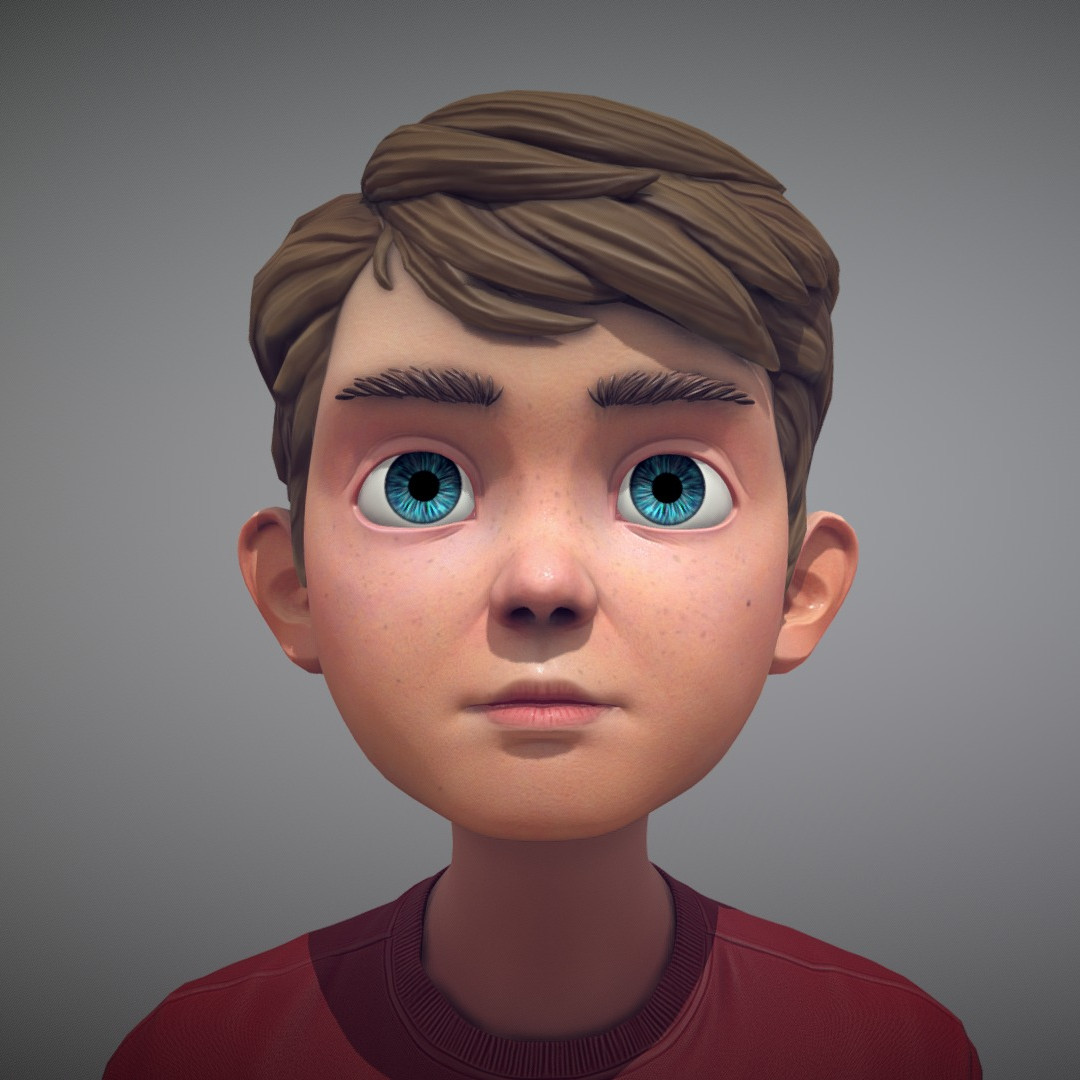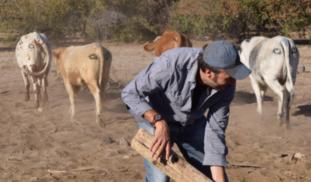Please wait...
About This Project
A major reason that lions are in decline is that many are killed every day in retaliation for eating livestock. As ambush predators, lions rely on stalking and surprise, so being seen by their prey usually means they abandon their hunt. In rural Botswana I will test whether painting intimidating eye patterns onto cows hides reduces livestock losses. If successful, this inexpensive tool will help to safeguard the lives of lions and the livelihoods of subsistence farmers alike.

Browse Other Projects on Experiment
Related Projects
Using eDNA to examine protected California species in streams at Hastings Reserve
Hastings Reserve is home to three streams that provide critical habitat for sensitive native species. Through...
City smart: Are cities making birds smarter?
One cannot go to Florida and miss the White Ibises roaming golf, park and private lawns. But how does a...
How do polar bears stay healthy on the world's worst diet?
Polar bears survive almost entirely on seal fat. Yet unlike humans who eat high-fat diets, polar bears never...





